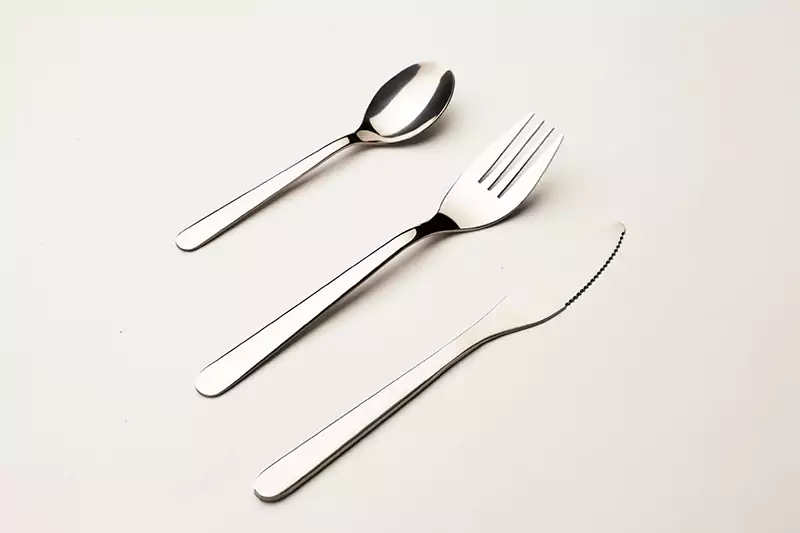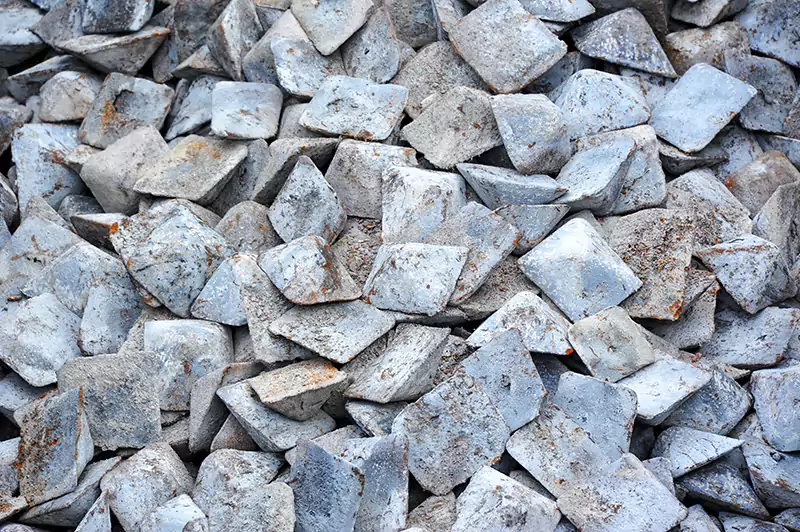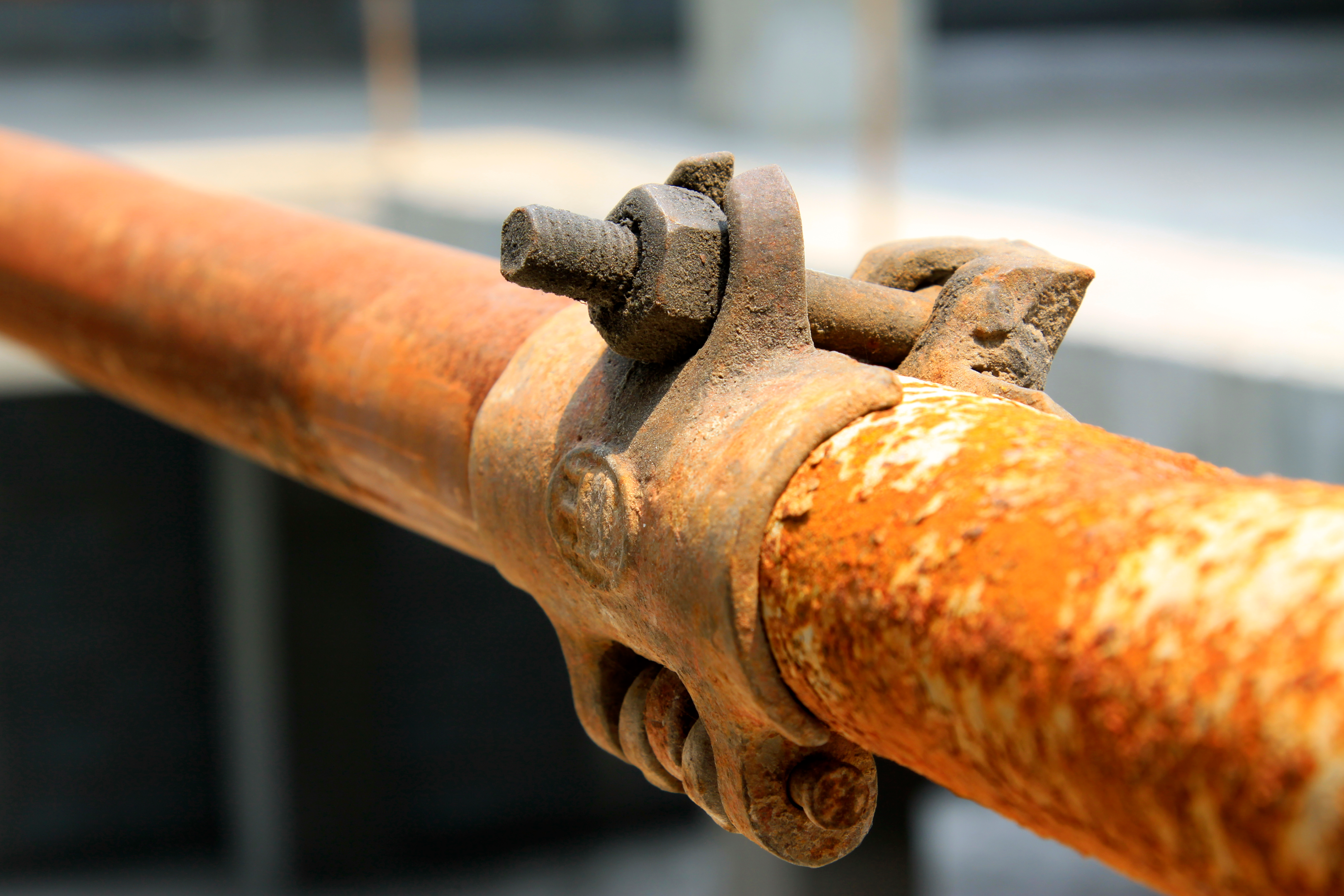Steel vs Cast Iron: A Comprehensive Comparison
When it comes to choosing between steel and cast iron, one may find it hard to decide which one is the better choice. Both of these materials have been used in different ways for hundreds of years, and their different properties make them good for different tasks. Different types of steel and cast iron have their advantages and disadvantages, therefore, comparing them will help you make an informed decision.

Steel Types
Steel is a versatile and durable material that is made from a combination of iron and carbon. The carbon content can vary from 0.1% to 2.1%, depending on the type of steel. There are four main types of steel:
Carbon steel
This is the most basic type of steel and has a carbon content of up to 2.1%. Carbon steel is widely used in construction, automotive, and other industries.
Alloy steel
This type of steel contains other elements besides carbon, such as manganese, nickel, and chromium. Alloy steel is stronger and more corrosion-resistant than carbon steel.
Stainless steel
This is a type of alloy steel that contains at least 10.5% chromium. Stainless steel doesn’t rust easily, so it’s often used in appliances for the kitchen, medical equipment, and other places where cleanliness is important.

Tool steel
Tool steel is a type of alloy steel that is specifically designed for use in cutting and drilling tools. Tool steel is known for its high hardness and wear resistance.
Advantages of Steel
Strength – One of the most significant advantages of steel is its strength. Steel is a strong and durable material that can withstand high levels of stress and strain without breaking or deforming. This makes it ideal for use in applications where strength and reliability are important, such as in construction, infrastructure, and transportation.
Durability – Steel is also a highly durable material that can resist corrosion, wear, and tear over time. This makes it ideal for use in applications where longevity and maintenance-free performance are important, such as in building structures, bridges, and industrial equipment.
Versatility – Steel is a versatile material that can be used in a wide range of applications, from simple structural elements to complex machinery and equipment. This versatility makes it a popular choice for many industries, including construction, automotive, aerospace, and manufacturing.
Cost-Effective – Steel is a relatively cost-effective material, particularly when compared to other materials such as titanium or carbon fiber. This makes it a popular choice for many applications where cost is a primary consideration.
Disadvantages of Steel
Corrosion – One of the most significant disadvantages of steel is its susceptibility to corrosion. When exposed to moisture, oxygen, and other environmental factors, steel can rust and deteriorate over time. This not only reduces the aesthetic appeal of the material, but can also weaken its structural integrity, making it more prone to failure.
Weight – Another drawback of steel is its weight. While steel is a strong and durable material, it is also relatively heavy, which can make it difficult to transport and handle. This can be a significant issue in applications where weight is a critical factor, such as in the aerospace or automotive industries.
Cost – Steel can also be expensive, particularly when compared to other materials such as aluminum or plastic. This can make it less viable for use in certain applications where cost is a primary consideration.
Cast Iron Types

This iron is produced by smelting iron-carbon alloys, typically with a carbon content of 2-4%. Cast iron, in particular, has a higher carbon content of over 2%. Instead of forging with tools, the ironsmith pours the molten iron into a mold after smelting.
In addition to carbon, cast iron also includes 1-3% silicon, which enhances its casting performance, and trace amounts of manganese. Impurities such as phosphorus and sulfur may also be present. Cast iron generally possesses mechanical properties such as hardness, elasticity, ductility, and toughness.
Gray iron
Gray iron is the most commonly used type of cast iron, known for its gray color and excellent damping properties. It is also easy to machine and has good thermal conductivity, making it suitable for use in a variety of applications, including engine blocks, pipes, and machine bases.
Ductile iron
Ductile iron also known as nodular iron or spheroidal graphite iron, is a type of cast iron that is notable for its high strength and ductility. It is made by adding a small amount of magnesium to molten iron, which causes the graphite to form in small, rounded nodules rather than flakes. This gives ductile iron its distinctive “spongy” appearance and makes it an ideal material for use in components that require both strength and flexibility, such as crankshafts, gears, and suspension components.
Malleable iron
Malleable iron is a type of cast iron that has been heat-treated to increase its ductility and toughness. It is commonly used in applications where a combination of strength and shock resistance is required, such as in pipe fittings and hand tools.
Advantages of Cast Iron
Castability
One of the most significant advantages of cast iron is its excellent castability. Cast iron is a highly fluid material that can be cast into complex shapes with high precision, making it ideal for a wide range of applications, including automotive, construction, and manufacturing.
Wear resistance
Cast iron is also highly wear-resistant, with excellent abrasion resistance and high hardness. This makes it ideal for use in applications where durability and resistance to wear and tear are important, such as in machinery and equipment.
Machinability
Cast iron is also highly machinable, with good cutting properties and low tool wear. This makes it ideal for use in applications where high precision and accuracy are important, such as in machine tools and other manufacturing equipment.
Cost-effective
Cast iron is a relatively cost-effective material, particularly when compared to other materials such as steel or aluminum. This makes it a popular choice for many applications where cost is a primary consideration.
Disadvantages of Cast Iron
Brittleness
One of the most significant disadvantages of cast iron is its brittleness. Cast iron is a relatively hard and brittle material that can be prone to cracking or breaking under stress. This can make it less suitable for use in applications where toughness and impact resistance are important, such as in the automotive or aerospace industries.
Corrosion resistance

Cast iron is also susceptible to corrosion, particularly when exposed to moisture, oxygen, and other environmental factors. This can lead to rust and deterioration over time, which can weaken the material and reduce its useful life.
Machinability
Cast iron can be difficult to machine, particularly in applications requiring high precision. This can increase the cost and complexity of manufacturing, making it less viable for certain applications.
Comparison
When comparing steel and cast iron, the choice ultimately depends on the specific application. For example, in applications that require high strength, corrosion resistance, and ductility, steel may be the better choice. On the other hand, cast iron may be the better choice for applications that require heat retention, wear resistance, and sound dampening.
In terms of cost, steel is generally more expensive than cast iron, especially when it comes to high-quality alloys. However, the durability and strength of steel can make it a worthwhile investment in the long run.
In terms of machinability, cast iron is generally easier to machine than steel, and can be cast into complex shapes with high precision. This makes it a popular choice for engine blocks, cookware, and other applications that require specific shapes and sizes.
Conclusion
In summary, steel and cast iron are two versatile materials that have unique properties that make them suitable for different applications. Steel is strong, ductile, and corrosion-resistant, making it ideal for use in construction, automotive, and other industries.
Cast iron, on the other hand, is an excellent conductor of heat, wear-resistant, and a good sound dampener, making it ideal for use in cookware, engine blocks, and other applications that require specific shapes and sizes.
When deciding between steel and cast iron, it’s important to consider the specific requirements of the application, as well as the cost, weight, and machinability of each material. By considering these factors, CapableMachining thinks you can make an informed decision and choose the material that best meets your needs.
Great comparison! Steel’s durability and versatility are impressive, Among these two cast iron has a higher level of heat resistance & wear resistance. Cast iron’s versatility and durability make it a timeless favorite in the industry. It has various applications like manufacturing manhole covers, trench grates, brake pads etc
per un barbecue è meglio acciaio o ghisa???….grazie